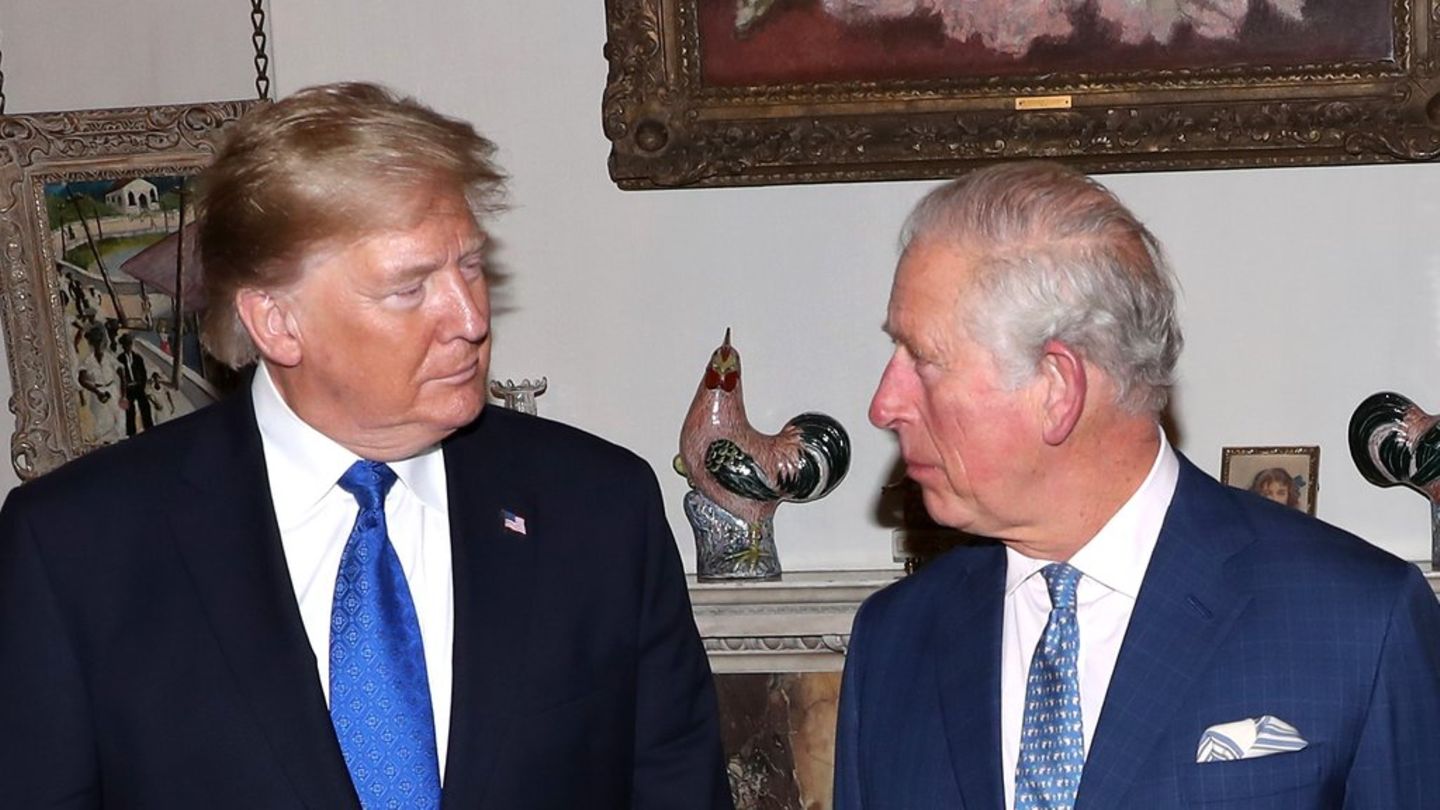American researchers Victor Ambros and Gary Ruvkun They received the Nobel Prize in Medicine for their discovery of microRNA, a new type of tiny RNA molecule that has a crucial role in regulating gene activity.
Ambros, 70, and Ruvkun, 72, published their findings on “a new level of gene regulation” in two separate papers in 1993, which was decisive. “This year’s Nobel Prize rewards two scientists for their discovery of a fundamental principle that acts in the regulation of gene activity,” the jury noted. in a statement.
What is micro microRNA?
MicroRNAs “are of fundamental importance for the development and function of organisms.”
The two researchers, who collaborate together but work separately, carried out their work using a one-millimeter roundworm, C. elegans, to determine why and when cellular mutations occur.
“Ambros and Ruvkun’s seminal discovery in the small worm C. elegans was unexpected and revealed a new dimension of gene regulation, essential for all complex life forms,” according to the Nobel Assembly at the Karolinska Institute in Sweden that presents the award. .
MicroRNA is a very short RNA molecule, which, unlike other known RNAs, does not code for proteins. Instead, its main function is to bind to specific messenger RNA (mRNA) sequences in cells, blocking their ability to make proteins.
This post-transcriptional mechanism allows cells to precisely control which genes are activated and whenwhich is essential to maintain balance in various cellular functions.
Before this discovery, scientists believed that genetic regulation was largely understood, but the identification of microRNA showed that an additional level of genetic control existed, with profound implications for biology.
The discovery of microRNA not only transformed our understanding of genetic regulationbut also opens doors to multiple biotechnological and medical applications. Today, it has significant implications in the diagnosis and treatment of various diseases, as well as in the development of new therapies.
- Disease diagnosis. Research shows that microRNA levels are altered in several diseases, such as cancerthe heart diseases and the neurological disorders. This allows scientists to identify specific microRNA profiles that act as biomarkersfacilitating the early detection of pathologies and improving diagnoses. For example, certain microRNAs may be overexpressed in cancer cells, making them a potential tool to detect specific types of tumors before symptoms appear.
- New genetic therapies. Scientists are working on technologies that can modify or inhibit the action of dysfunctional microRNAs that cause disease. This could be especially useful in diseases such as cancer and the genetic disorders where genetic regulation has failed. To the block microRNAs that promote tumor growth or reintroduce microRNAs that are missing, more specific and effective treatments could be developed.
- Regenerative medicine and cell development. Since microRNAs are essential for the cell differentiation and tissue development, its manipulation also has potential in the field of regenerative medicine. By controlling the expression of specific microRNAs, one could stimulate either inhibit regenerative processes in the body, promoting repair damaged tissues or the treatment of degenerative diseases.
- Protection against viral infections. The discovery of microRNA also inspired research into its role in defending against viral infectionsparticularly in floors. Plants use RNA molecules similar to microRNAs to protect themselves against viruses, and scientists are exploring how to apply this knowledge in agriculture to improve crops’ resistance to pathogens and reducing the need for pesticides.
Ambros and Ruvkun, two pioneering scientists in cell biology, investigated how different types of cells develop and made a key discovery: microRNAs. These small RNA molecules play a vital role in gene regulation, bringing a new dimension to the understanding of genetic mechanisms. Before its discovery, the existence of this type of molecules, which today is known to be present in the human genome in more than a thousand variants, was unknown.
The work of these researchers revealed that microRNAs are essential for the correct development and functioning of cells and tissues in organisms. Without these regulators, cells do not develop properly. Additionally, if microRNAs do not function properly, they can contribute to diseases such as cancer. The Nobel Prize winner highlighted the importance of this finding, stating that “the surprising discovery of microRNAs revealed a totally new dimension of gene regulation.”
The process of genetic regulation through microRNA has existed for hundreds of millions of years, being one of the mechanisms that allowed the evolution of more complex organisms over time. The ability of microRNAs to regulate gene expression is key to this evolution, as it influences cellular behavior in a way that allows for more sophisticated adaptations.
As research has advanced, alterations in microRNAs have been found to be related to various diseases. For example, mutations in genes that encode microRNAs have been linked to genetic conditions in humans, including congenital hearing loss and eye and skeletal disorders. This discovery has not only expanded knowledge about human genetics, but has also opened new possibilities in medicine, since understanding how microRNAs operate can offer innovative solutions to treat various diseases.
MicroRNAs have proven to be a fundamental piece in biological development and their regulation is crucial to maintain cellular balance. These advances in genetics not only help us better understand how organisms develop, but also provide clues about how to address diseases at the molecular level. The work of Ambros and Ruvkun has therefore transformed molecular biology and remains an area of research of great relevance to the development of modern science and medicine.
Nobel Prize in Medicine
Last year, the Nobel Prize in Medicine went to Hungarian researcher Katalin Kariko and American Drew Weissman for the development of messenger RNA technology that paved the way for the Pfizer/BioNTech and Moderna Covid-19 vaccines.
The prize carries a reward of 11 million crowns (more than one million dollars), which is shared if there are multiple winners.
Source: Ambito
I am a 24-year-old writer and journalist who has been working in the news industry for the past two years. I write primarily about market news, so if you’re looking for insights into what’s going on in the stock market or economic indicators, you’ve come to the right place. I also dabble in writing articles on lifestyle trends and pop culture news.




